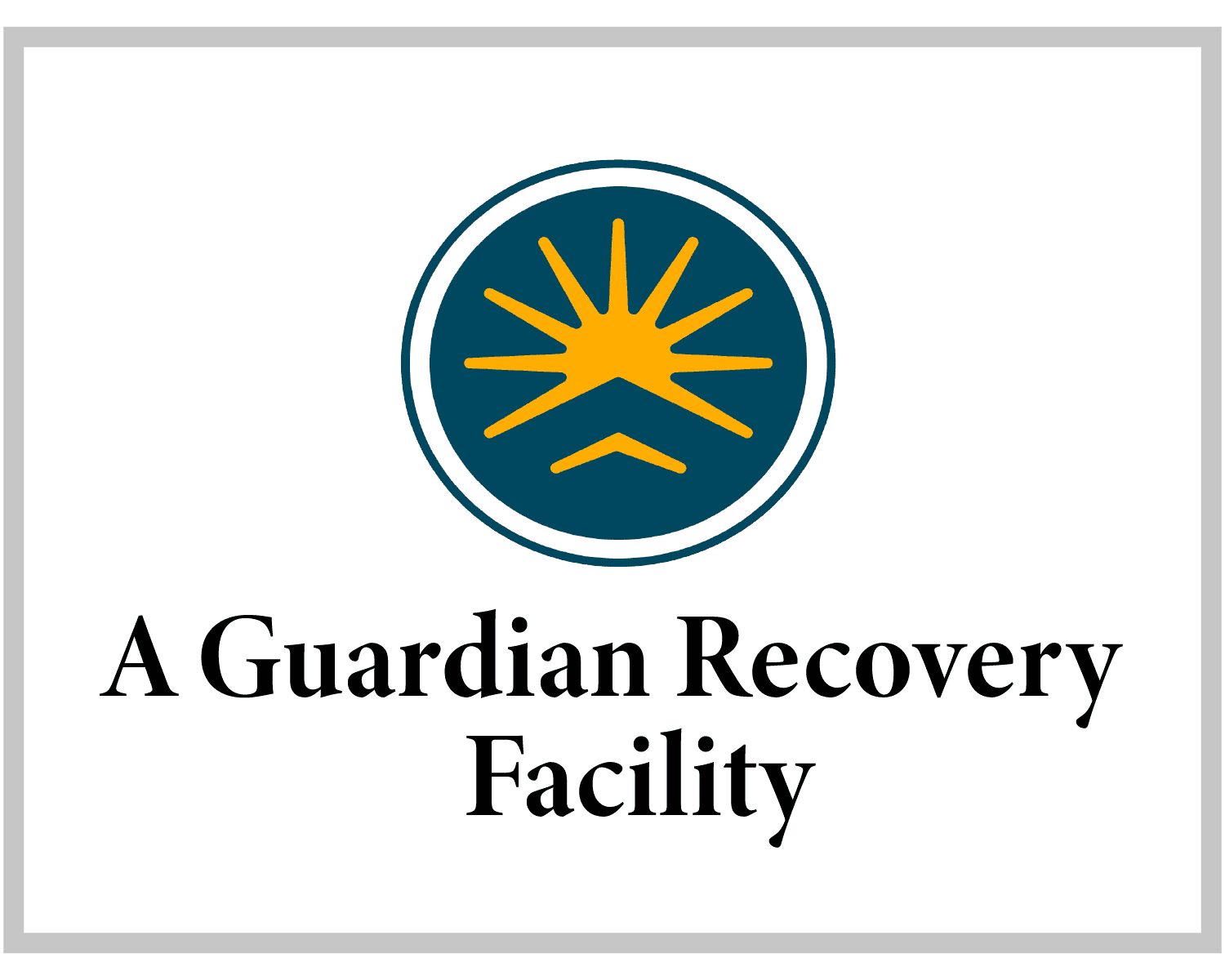Understanding Success Rates Between Inpatient and Outpatient Programs
When evaluating rehabilitation programs, understanding the comparative success percentages between inpatient and outpatient treatment options becomes essential for making informed decisions about recovery paths. Success metrics indicate that inpatient programs generally achieve higher completion ratios, ranging from 65% to 85%, compared to outpatient programs’ 35% to 55% completion ratios.
Program comparisons disclose several key factors influencing these statistics:
- Intensive supervision and controlled environments in inpatient settings
- Reduced exposure to triggers and temptations
- Consistent access to medical and therapeutic support
- Structured daily routines and peer support
However, success ratios vary greatly based on individual circumstances, including:
- Severity of addiction
- Presence of co-occurring disorders
- Level of family and social support
- Personal motivation and commitment to recovery
Key Factors That Influence Treatment Outcomes
Although treatment program selection considerably impacts recovery results, multiple interconnected factors ultimately determine the effectiveness of both inpatient and outpatient rehabilitation efforts. The treatment environment plays a vital role, as facilities that provide extensive support services, evidence-based therapies, and qualified medical staff tend to achieve better results for their clients.
Client motivation remains one of the most significant predictors of success, with highly motivated individuals showing greater engagement in therapy sessions and improved adherence to treatment protocols. Additional influential factors include:
- Family support and involvement in recovery
- Co-occurring mental health conditions
- Previous treatment experiences
- Socioeconomic resources and stability
- Duration and severity of substance use
- Access to aftercare services and support groups
These elements work synergistically to shape the rehabilitation journey and influence long-term recovery outcomes.
Choosing the Right Rehabilitation Path for Long-Term Recovery
Selecting the most appropriate rehabilitation program requires careful consideration of individual circumstances, personal needs, and available resources to create a sustainable path toward recovery. The choice between inpatient and outpatient treatment should align with the individual’s support system, medical requirements, and lifestyle constraints.
Success in rehabilitation largely depends on the compatibility between the chosen rehab environment and the individual’s readiness for change. Those with severe addiction or unstable home situations may benefit from the structured, immersive setting of inpatient care, while individuals with strong support systems and work commitments might thrive in outpatient programs. Personal commitment to recovery remains essential regardless of the treatment setting, as sustained sobriety requires dedication to implementing therapeutic strategies and maintaining healthy coping mechanisms learned during rehabilitation.














